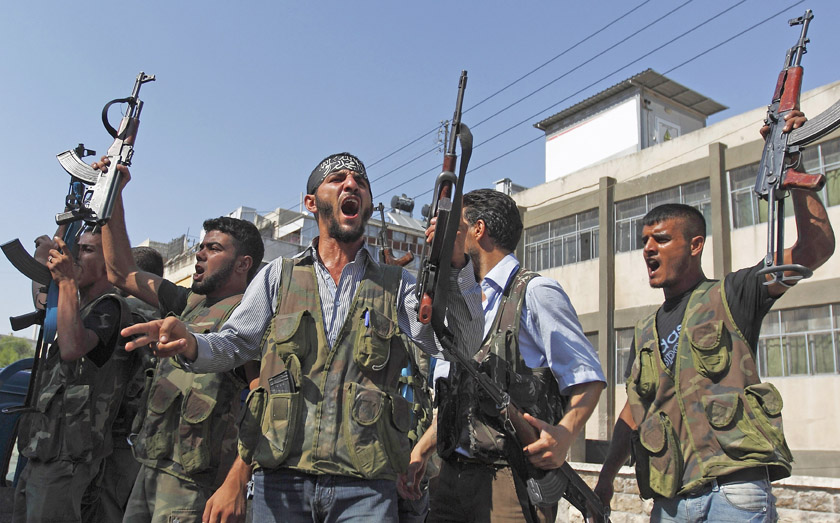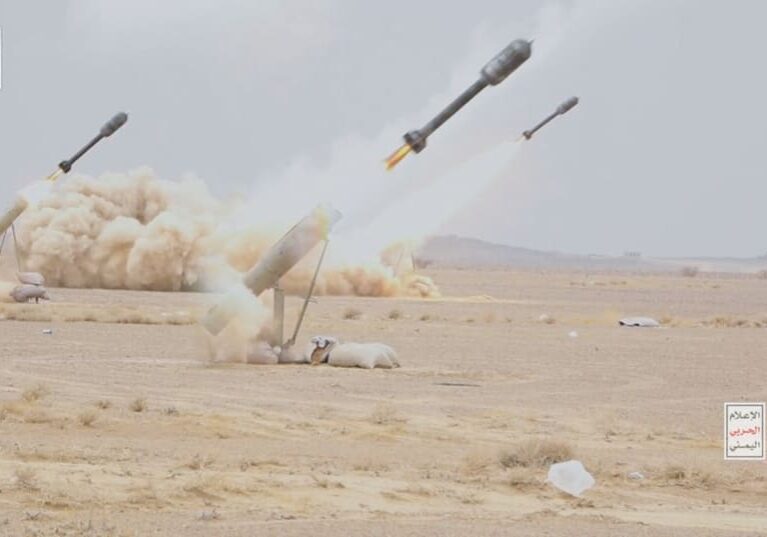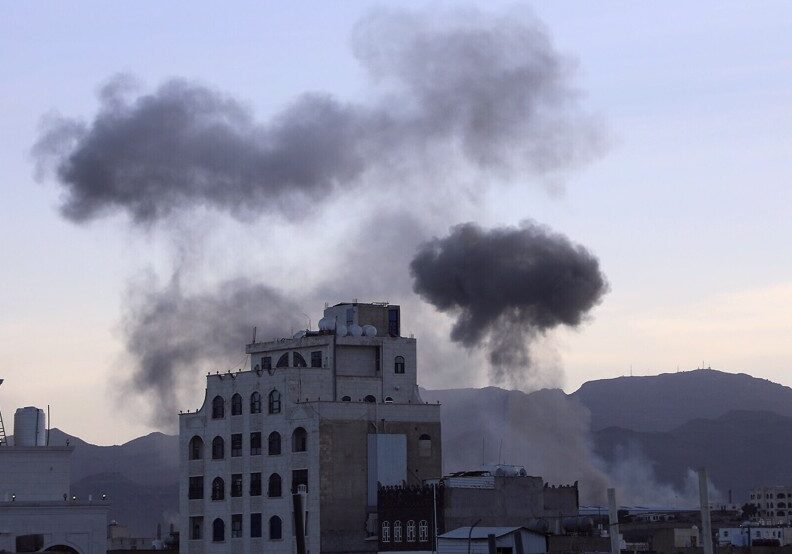Australia/Israel Review
A Turn of Battle in Syria
Nov 28, 2012 | Jeffrey White

Jeffrey White
After almost 20 months, Syria’s internal war appears to be approaching a decisive stage. Since early October, rebel forces have been on the offensive in key theatres, while regime forces are stretched thin, increasingly on the defensive, and giving ground. The conflict is evolving from a war of attrition (with the two sides primarily exchanging casualties) to a war of positions, with rebel forces seizing checkpoints, reducing the regime presence in the provinces, interdicting roads, and pressuring key regime strongholds and facilities. Barring a major change in Bashar al-Assad’s approach or massive intervention by Hezbollah and Iran, the regime’s military situation will likely continue to deteriorate, perhaps dramatically, in the weeks ahead.
REBEL OPERATIONS
The rebels may not yet have a unified political structure, military command, or national strategy for their war against the regime, but the cumulative effects of their operations are significant and mounting. Furthermore, they hold the military initiative in key areas of the country.
Rebel operations support several major objectives. First, they inflict increasing losses on regime personnel and equipment, including tanks, combat vehicles, and aircraft. Based on daily casualty reporting from the Syrian Observatory for Human Rights, regime forces averaged nearly 50 personnel killed per day in October, up from 35 in September. And in the first eleven days of November, the average rose to 53. To this toll must be added wounded and captured personnel as well as defectors. Meanwhile, reported clashes between rebel and regime units averaged some 25 per day in October, up from 18 in September; the total October tally of 764 was the highest monthly number since the war began.
Second, the rebels are reducing the regime’s presence and influence (especially in rural areas, but also in major urban areas) by seizing positions or forcing the government to abandon them under pressure. Even in areas where the regime is relatively strong, the rebels are contesting its control.
Third, rebel forces are interdicting key lines of communication, especially in Idlib and Aleppo provinces, but also increasingly in Raqqa province. This activity hinders the regime’s ability to move forces to threatened areas and ties them up in protection of lines of communication (LOCs). This in turn contributes to the isolation of regime positions in disputed areas, including artillery fire bases and airfields. While the rebels still have difficulty overrunning major regime positions, they are able to invest and harass them, limiting their utility and forcing the regime to defend them.
Fourth, the rebels are attacking regime positions and facilities to acquire weapons and ammunition. Every position they take provides some of each, sometimes in large quantities. Favourite targets are checkpoints and air defence facilities.
Collectively, rebel operations maintain pressure on the regime on multiple fronts. Fighting in many places spreads regime forces thin, denying them the ability to concentrate numbers for major offensives.
REGIME STRATEGY AND OPERATIONS
The regime’s military situation is becoming increasingly precarious, especially in the northern governorates of Idlib and Aleppo, but also in the east. Pressure is mounting in the Damascus area as well. Several important trends are running against Assad’s forces: their offensive capabilities are waning, and their efforts to limit or reverse rebel gains with airpower and field artillery have not fundamentally changed the conflict’s direction. Even so, the regime has not altered its approach to the war. It has no political strategy and no prospects of developing one, so fighting it out has become the only option.
In terms of military strategy, the regime continues to defend all areas where it is challenged – for political reasons, it is unwilling to completely abandon any part of the country. It has attempted to hold all major cities and key provincial centres, and to maintain a presence in the countryside. This approach often leaves its small units vulnerable to attack and larger ones exposed to isolation and harassment. In addition, it draws regime forces into local battles of attrition, such as the fighting for Aleppo city and the military camp at Wadi al-Daif in Idlib province.
The regime has also sought to keep its LOCs to the northern and eastern provinces open, especially in Idlib and Aleppo. To do otherwise would risk isolating its forces there, potentially leading to their collapse or defeat and the loss of the provinces themselves.
In carrying out these efforts, the regime is relying more on airpower and large field-artillery forces to stem rebel advances, support local counterattacks, inflict losses on rebel units, and punish the civilian population. It is also using more irregular forces (e.g., shabbiha and Popular Committee militias) to reduce the burden on its regular combat forces.
Finally, direct intervention by Hezbollah appears to be growing. Some of the group’s forces in Lebanon have reportedly shelled targets across the border, while other elements have joined the fighting on the ground in Syria itself, suffering increased casualties in the process.
OUTLOOK
The war in Syria may be approaching a decisive stage, and in favour of the rebels. The regime has only limited capacity to restore its hold over some critical areas and is being pressed to hold on in others. Probably the best it can hope for is to blunt or slow rebel gains.
This trend appears irreversible unless the regime makes a major change in its approach to the war. Ultimately, this could include use of chemical weapons, massive intervention by Hezbollah and Iran, or a retreat from threatened provinces in order to consolidate forces.
Outside military assistance to the rebels could shift the situation even more quickly and decisively in their favour, potentially preempting any regime move toward extreme measures.
Finally, military aid provided soon to the right groups – namely, ones that are politically acceptable to the West and militarily effective – could enable these groups to play a more decisive role in the outcome of the fighting and better position them for the post-Assad struggle with other groups, especially Islamist extremists.
Jeffrey White is a defence fellow at The Washington Institute and a former US senior defence intelligence officer. © Washington Institute, reprinted by permission, all rights reserved.
Tags: Syria






